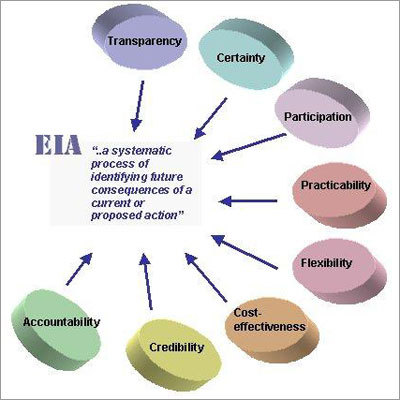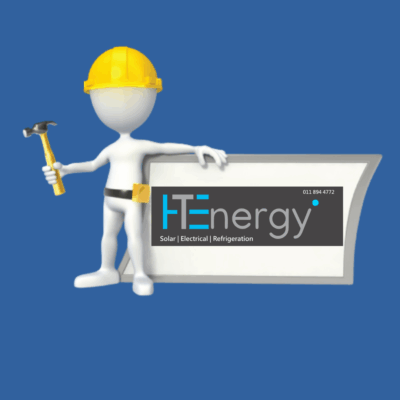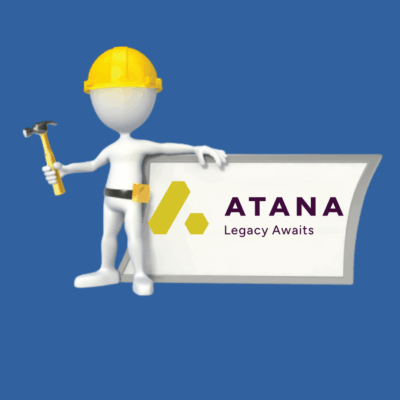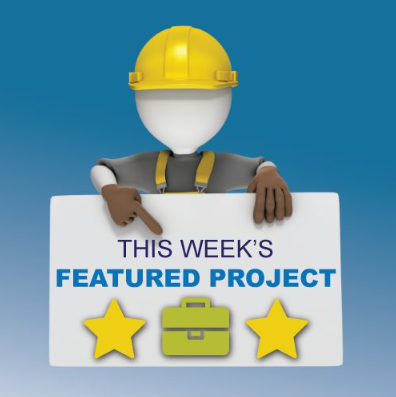Did you Know #DYK: The Role of the EIA Consultant

Most large construction projects, require an EIA – Environmental Impact Assessment Study to be undertaken before the project can go-ahead. This study is carried out by EIA consultant/s.
What is an EIA and why does it need to be done?
Diagram explaining the EIA process:

An EIA is a process that is carried out to determine the impact the proposed development will have on the environment before any construction commences.
Environmental Approval (Record of Decision) from the relevant Authorities is required before the project can proceed and construction can commence.
The EIA process consists of various studies that are undertaken on the piece of land that the development is going to take place on. These developments can include, construction of a dam, a new underground or open pit mine, a power station, shopping mall, office block, residential complex, new warehouse or industrial plant, even the construction of a new road or highway, pipeline and railway line, all require an EIA.
In addition to the EIA, various specialist studies can be undertaken. The aim of the specialist study phase is to provide information on the positive and negative impacts associated with the project alternatives.
These specialist studies can consist of:
- Traffic Impact study, which would be undertaken to determine how the additional traffic to the proposed development (like a shopping mall) would impact the area, if additional roads would be needed to handle the traffic volume,
- Heritage Impact Assessment, this is done if there are graves on the land that may need to be moved, etc.
Depending on what sort of development is taking place (shopping mall, power plant, underground mine) and its location will determine what sort of EIA process is undertaken. Some EIA can take a few months and some can end up taking a few years. Part of the Environmental Impact Assessment process, includes a Public Participation Process and this process involves meeting with the public, keeping them informed of the proposed development, what exactly is going to happen, how they will be affected (sometimes people have to be relocated to make room for the development, like a dam). This public participation process also enables the public and affected parties to air their grievances about the proposed development.
Sometimes a project will receive an Environmental Authorisation, but an Environmental Activist Group might appeal the decision – for example, construction of a coal-fired power station, that they feel is harmful to the environment and should not be allowed to be constructed. There is an appeal period once the EIA is granted and members of the public or activists who are against the construction, can appeal and sometimes additional studies are then requested to ensure that the project can be constructed safely without causing irreparable damage to the environment.
Some projects, due to their sensitive nature, are not granted Environmental Authorisation as it is felt that the damage caused by the project at the proposed location is harmful to the environment, for example, construction of a mine in a wildlife area. If Environmental Authorisation is not granted, and the Developer appeals the decision, provides additional information, proving the project is viable and will not harm the environment, it may still not be granted and then the project cannot go ahead and will have to be scrapped.
Once Environmental Authorisation is granted, a letter granting the authorisation is issued by the relevant department, the project can then proceed and construction can commence.
Once Environmental Authorisation has been received, the EIA consultant’s work on the project is Done. Finished. The Client and/or Private Developer will move ahead with the project by appointing the various professionals like Engineers, Architects, Quantity Surveyors etc to start preparing bills of quantities and moving ahead to the actual construction of the project.
The EIA consultant is NOT involved with the preparation of the tender documents, drawing up bills of quantities, the tender process or anything to do with the actual construction of the project.
Basically, the long-term aim of EIA is to promote sustainable development by ensuring that development proposals do not undermine critical resource and ecological functions or the well being, lifestyle and livelihood of the communities and peoples who depend on them.
Sources : (Diagram)
https://www.linkedin.com/pulse/practice-environmental-impact-assessment-eia-faisal-soomro-gradiosh-/
If you are interested in becoming one of our subscribers, please visit our website.
To view notes with screenshots on how to use our website, please visit our Wiki site.
To view more articles, please visit our blog.
About Marlaine Andersen
Leads 2 Business Advertising Co-ordinator and Digital Designer








Leave a Reply